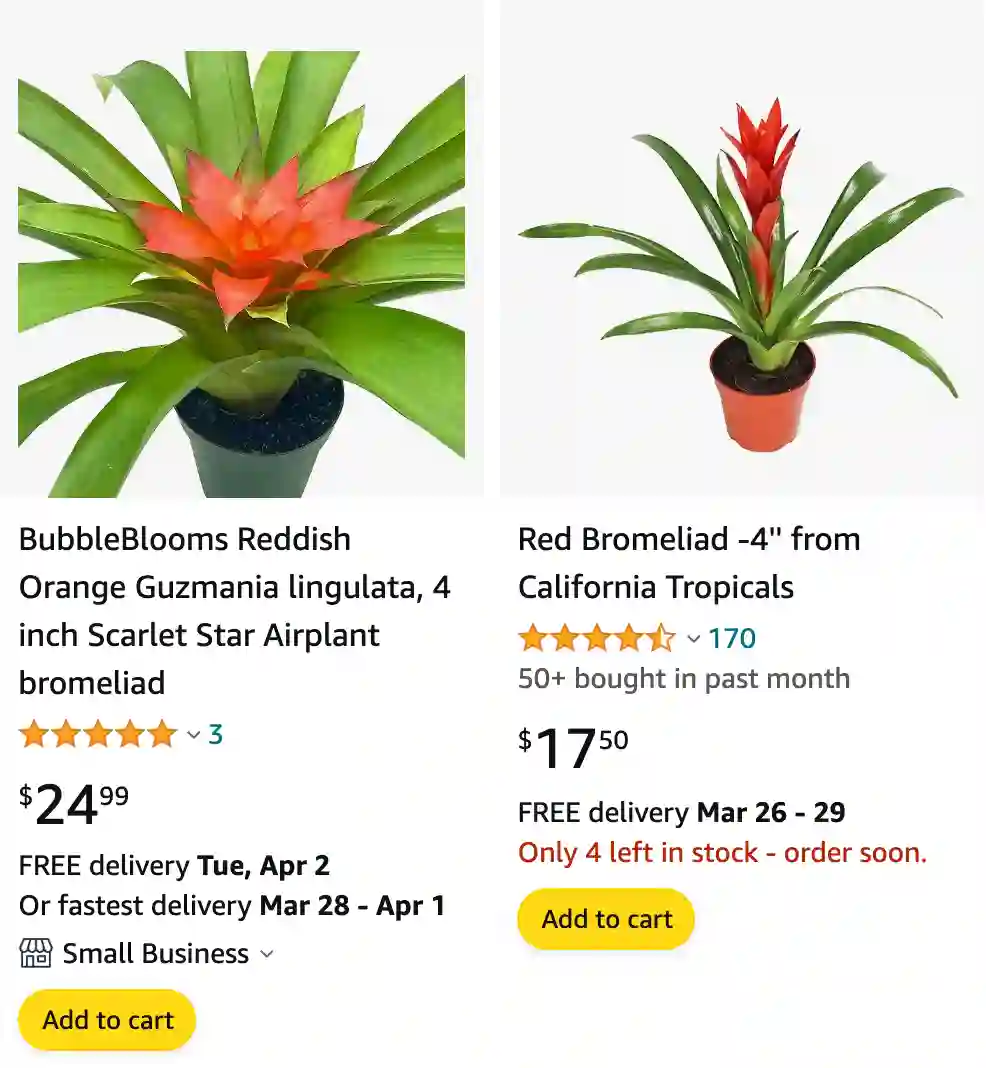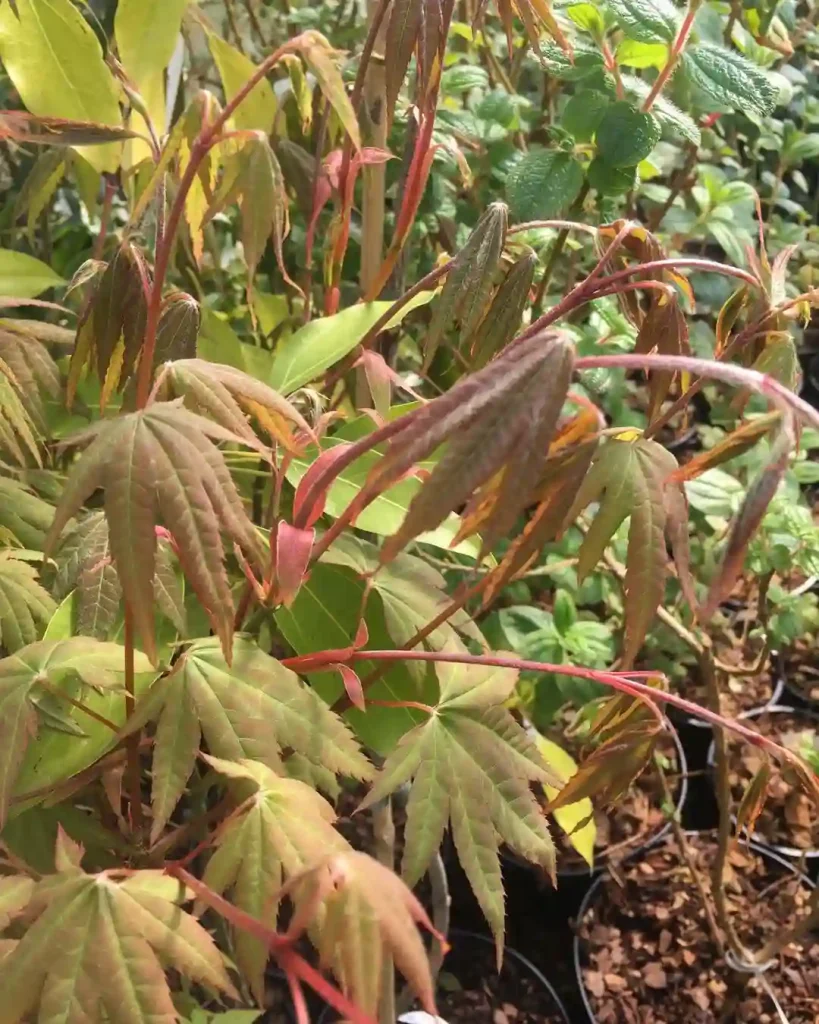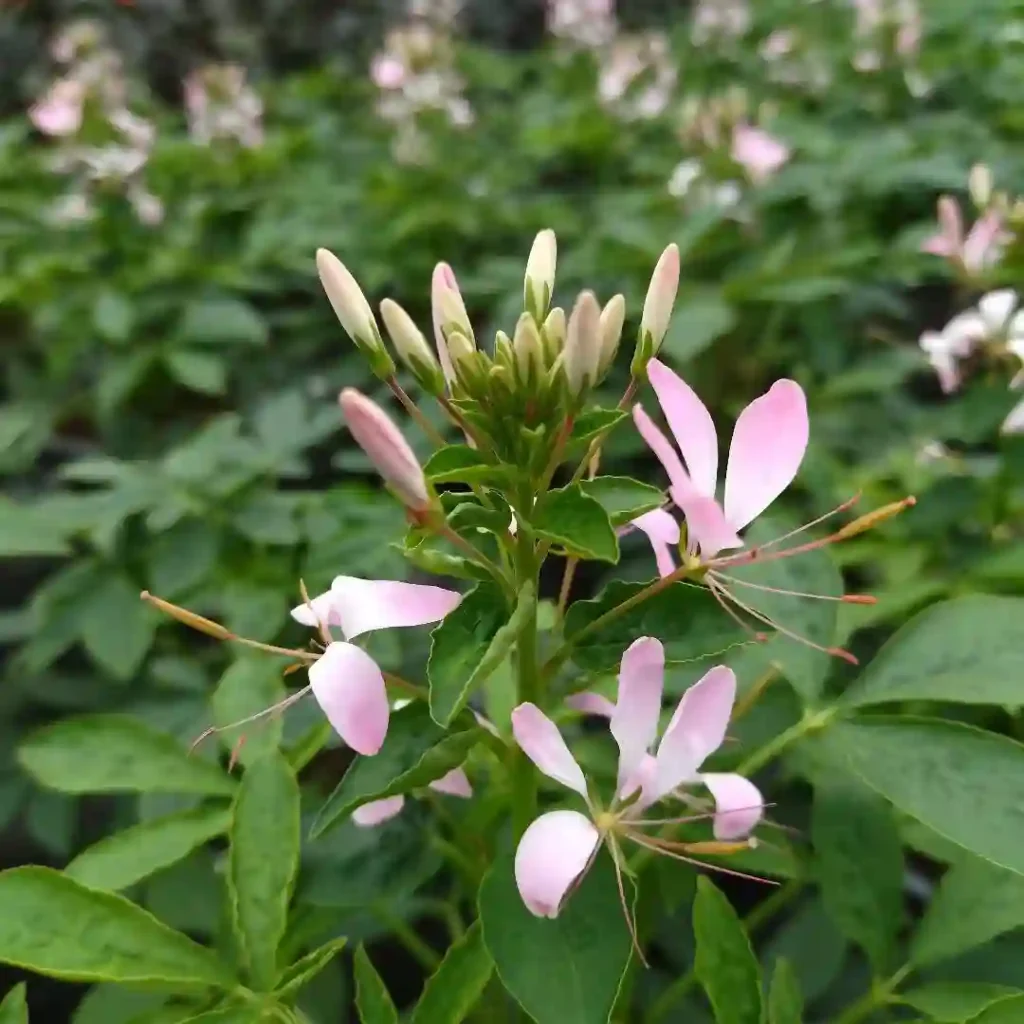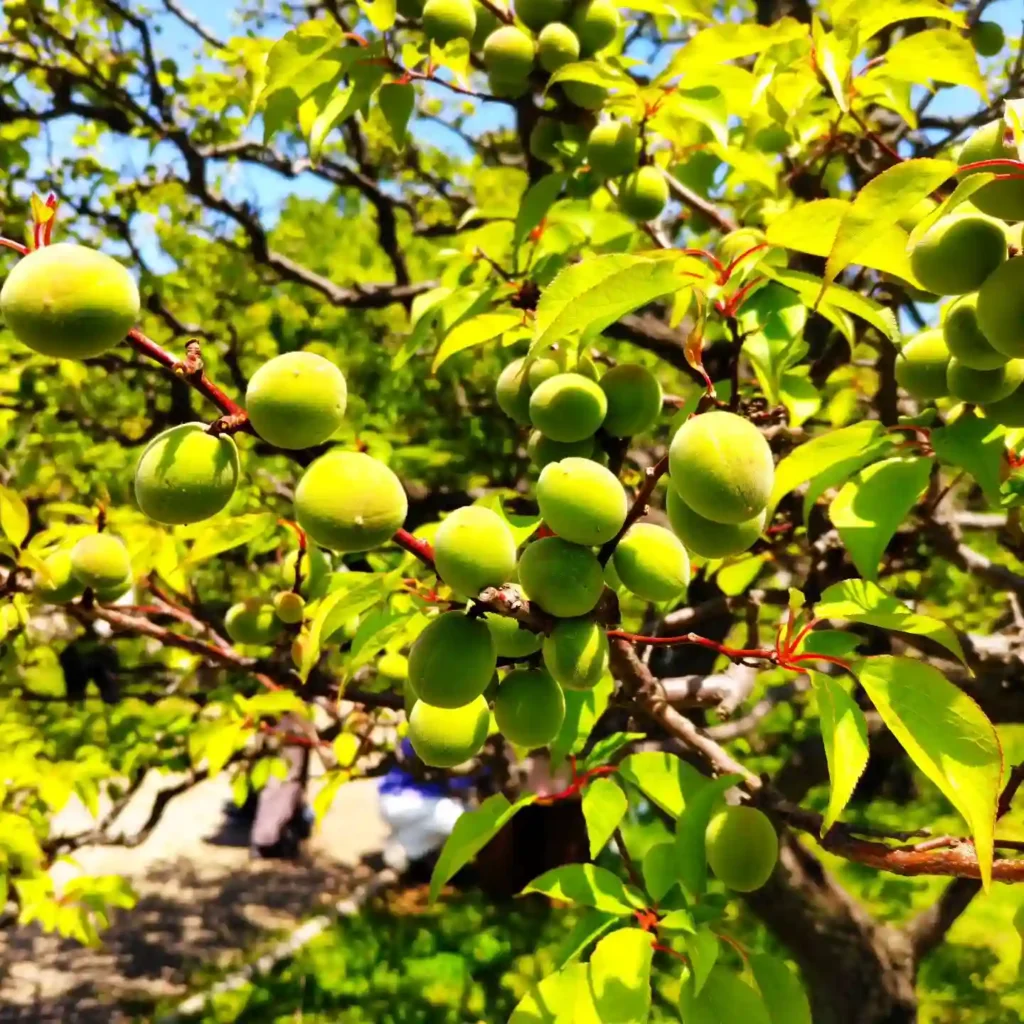
My Adventures with the Vibrant Guzmania Lingulata
Being an avid plant enthusiast, I’m always on the lookout for unique and eye-catching additions to my indoor jungle. That’s how I stumbled upon the Guzmania lingulata, also known as the scarlet star or droophead tufted airplant. This bromeliad stole my heart with its stunning red bracts and glossy green leaves. But beyond its aesthetics, I was intrigued by its air plant nature, a challenge I was eager to take on.
215 Species in Genus Guzmania
What Exactly is a Guzmania Lingulata?
The Guzmania lingulata is an evergreen epiphyte, meaning it grows on other plants or objects in its natural rainforest habitat. This fascinating characteristic eliminates the need for traditional soil, making it a unique addition to any indoor space. Native to Central and South America, this bromeliad boasts long, glossy green leaves that form a rosette around a central cup, called a tank. The real showstopper, however, is the vibrant red flower bract that emerges from the center, adding a pop of color to your surroundings.
Bringing the Scarlet Star Home
Finding a Guzmania lingulata was surprisingly easy. Many local nurseries and garden centers carry these beauties. Look for a healthy plant with firm, green leaves and a bright red bract. Avoid plants with browning leaves or mushy stems, as these could indicate root rot.
How to care for Guzmania lingulata?
Now that you have your scarlet star, it’s time to create the perfect environment for it to thrive. Here are some key things to keep in mind:
Light: Guzmania lingulata prefers bright, indirect light. Avoid harsh midday sun, which can scorch the leaves. A spot near an east-facing window is ideal.
Temperature and Humidity: These tropical natives enjoy warm temperatures between 65°F and 80°F (18°C and 27°C). They also love humidity, so consider using a pebble tray filled with water or a humidifier to increase the moisture levels around the plant.
Watering: Unlike traditional houseplants, Guzmania lingulata doesn’t require watering in the soil. Instead, fill the central tank (cup) with rainwater, filtered water, or tap water that has been left out for 24 hours to allow chlorine to evaporate. The water level should reach about halfway up the tank. Let the tank drain completely between waterings to prevent rot.
Fertilizing: During the active growing season (spring and summer), you can give your Guzmania lingulata a light feeding with a diluted bromeliad fertilizer once a month. Apply the fertilizer directly to the tank.
Guzmania Lingulata: A Low-Maintenance Beauty?
While the Guzmania lingulata might seem like a high-maintenance plant with its unique watering needs, it’s actually quite low-maintenance once you understand its preferences. The key is to mimic its natural rainforest environment by providing bright indirect light, warm temperatures, and adequate humidity.
But Wait, There’s More!
Additional Tips for Guzmania Lingulata Success:
- Air Circulation: Ensure good air circulation around your plant to prevent fungal diseases.
- Spent Flowers: Once the vibrant bract starts to fade, you can carefully clip it off with sharp pruners. The green rosette will continue to live for several years, and in some cases, may even produce pups (baby Guzmania lingulatas) at its base.
How to propagate Guzmania Lingulata?
The beauty of the Guzmania lingulata is that it can be propagated to create more of these stunning plants. Here’s how:
- When pups (baby Guzmania lingulatas) appear at the base of the mature plant, wait until they reach about one-third the size of the mother plant before separating them.
- Carefully use a sharp knife to remove the pup from the mother plant, ensuring it has a few healthy leaves and some roots.
- Plant the pup in a well-draining potting mix specifically formulated for bromeliads.
- Water the pup regularly, keeping the tank filled and the potting mix slightly moist.
- Provide the pup with bright, indirect light and warm temperatures. With proper care, your propagated Guzmania lingulata should mature and produce its own vibrant bract in a few years.
Guzmania Lingulata: The Perfect Companion Plant?
While the Guzmania lingulata thrives on its own, it can also be a stunning addition to a terrarium or vivarium. Its air plant nature makes it a great companion for other plants that appreciate high humidity, such as ferns, orchids, and certain mosses. Just ensure they all have similar light and temperature requirements.
If i die, water my plants!



